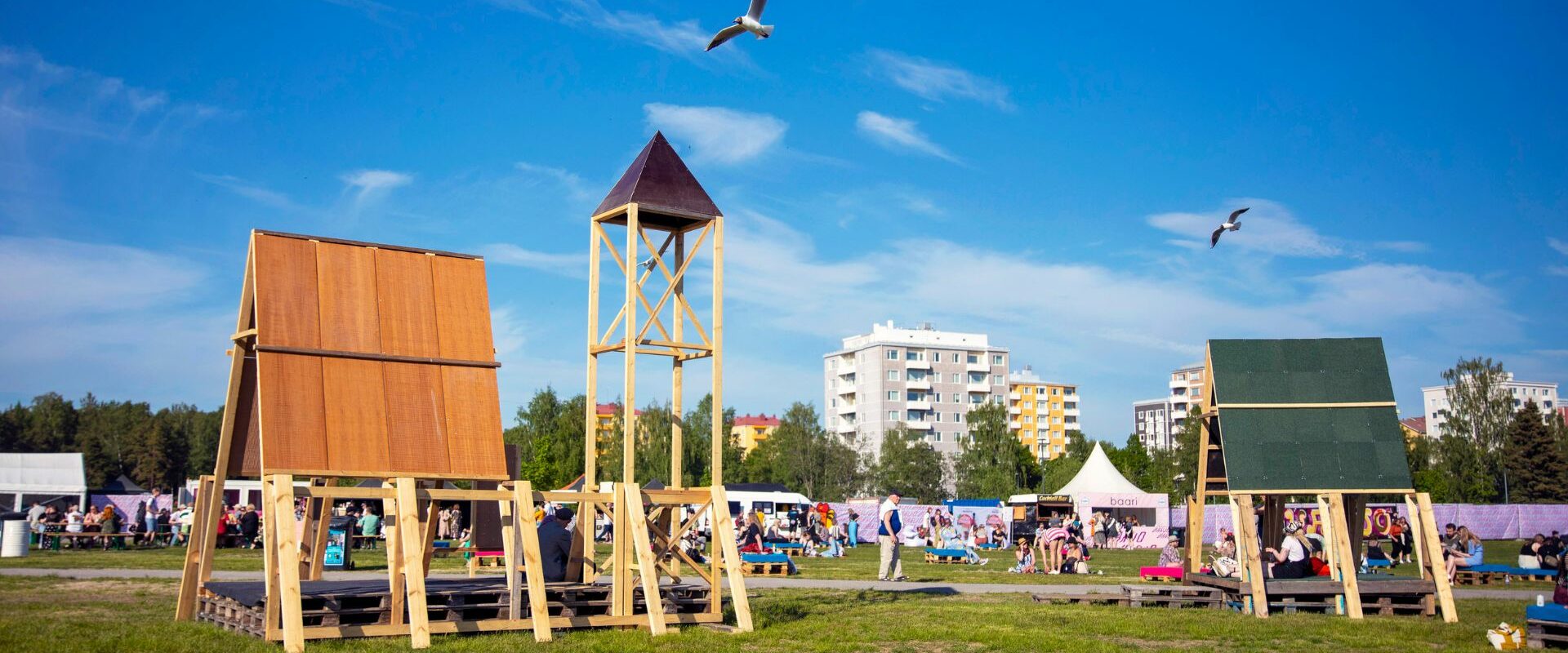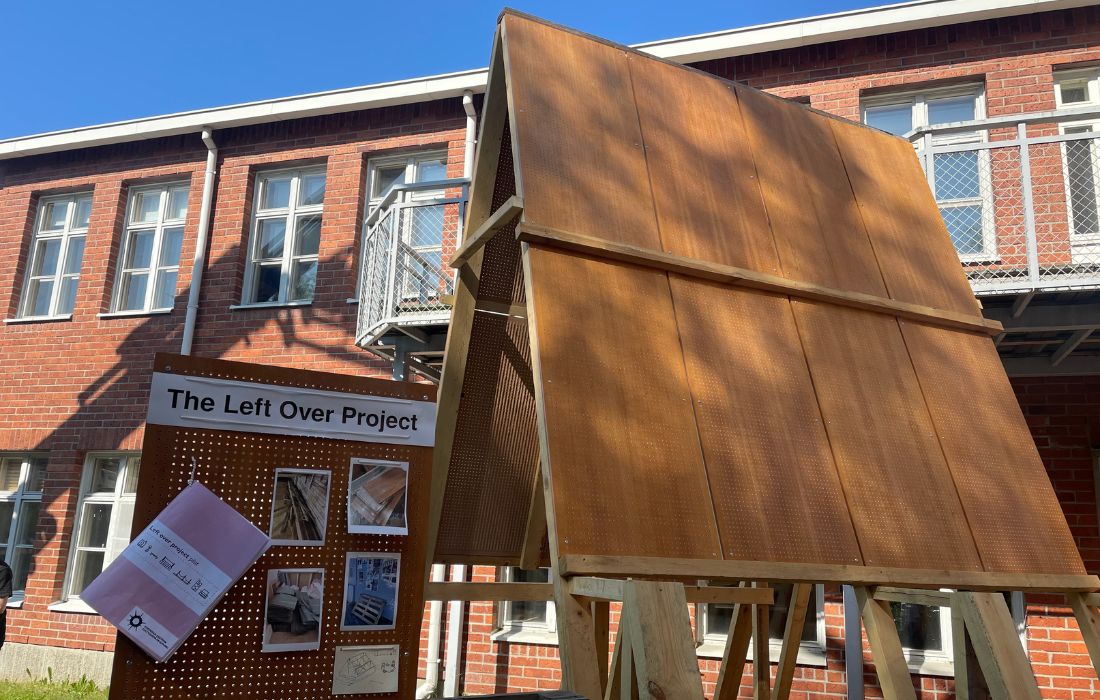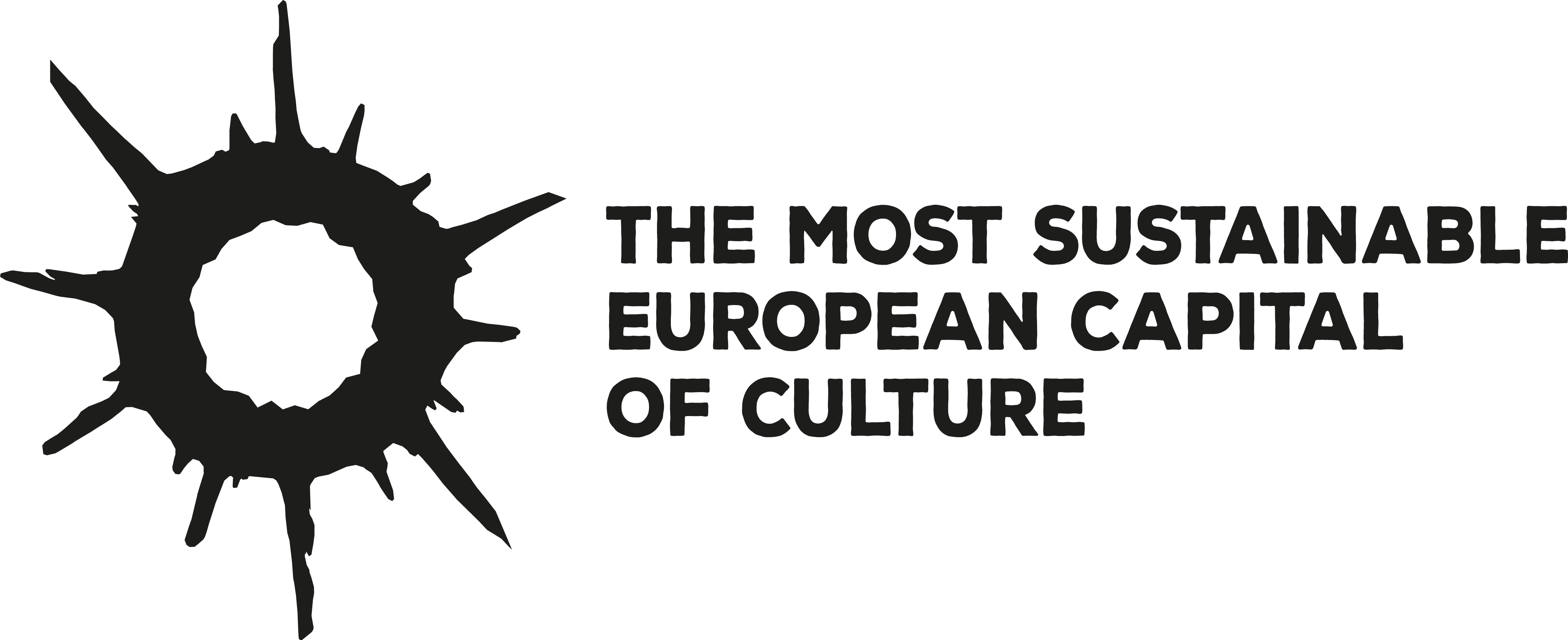Festival Structures out of Recycled Material

The Left Over Project – chill zone pavillions for the Varjo Festival made from recycled material collected from nearby areas
Structures built out of recycled materials are an efficient way to reduce carbon emissions of festivals and offer comforts for attendees. The Left Over Project trial helped the Varjo Festival organizers to reduce the costs of festival structures as well as their environmental impact.
Innovation Trial
The Varjo Festival organizers wanted to offer new chillout spaces for the attendees in the festival area. The Left Over Project trial produced two pavillions that were made out of waste material acquired from local associations and companies.
All ways of carbon emission reduction were considered in the design and construction of the pavillions. For example, we tried to minimize transport and electricity consumption as well as to improve careful resource control with local contractors. The goal was tuo build the pavillions at at least 50/50 ratio of recycled and new material and to acquire the materials within a 3 km radius from the festival area.
Results
75 % of the materials used in the pavillons was recycled and acquired from, for example, the recycling centre, construction sites and contractor warehouses. Only structural woodparts, metal reinforcements and screws were acquired as new.
By using recycled material, 437,48 CO2xkg of emissions were avoided. Transportation carbon emissions were minimal as the structures were only moved 1,2 km. If similar pavillions were built out of new materials, such as wood, the impact would be small but negative nevertheless. A model built out of metal and textile materials would have had a significantly larger impact.
The attendees also embraced the pavillions! They were welcome chilling spots at the blazing hot Varjo Festival where one could hide from the scorching sun.
The structure was designed to be modular and easy to install so that the pavillions would be easy to move if needed. Considering recycled material use during the designing eases the altering of elements because their shape can be changed without touching the pavillions overall shape. After the festival, the pavillions were moved to Pikisaari extending the life cycle of the materials even further. After many late summer volunteer work days the structures found new life as public saunas in Hailuoto Brewery’s Mallassauna’s back yard in Pikisaari.
Briefly
- The trial was organized by architect Valentino Tignanelli.
- The event was Varjo Festival held on June 16–17, 2023, in Kuusisaari, Oulu.
- The main goal of The Left Over Project was to multiply the life cycle of material with design: the pavillions, 75 % of which were constructed with recycled material, were designed for festival use but they are easily transferable to different events and different uses.



